From the Farm to the Finish Line: Follow a Thoroughbred's Path to the Kentucky Derby

Each year approximately 55,000 foals are born in the United States. Only 20 of them will reach the starting gate of the Kentucky Derby.
Ahead of Kentucky Derby 149, KSR went to where it all started for one of this year’s favorites, Tapit Trice. Before the colt won the Blue Grass Stakes, before he was sold for $1.3 million at Keeneland, he was bred at Gainesway Farm. His sire, the horse terminology for a father, is Tapit, once the three-time North American sire of the year. Tapit has sired four Belmont Stakes winners, Breeders’ Cup Classic Champ Flightline and dozens of other graded stakes winners.
“Now he has 31 graded stakes winners, which is fantastic,” said farm manager Sherri Ivanovich. “He’s just a fabulous stallion.”
Sherri took us through the breeding shed where Tapit and other stallions “go to work” as often as three times a day. It’s dangerous work that requires six or more trained professionals whose job is to keep the horses safe while creating new life.
”It’s very hands-on. It’s very controlled,” said stallions manager Larry Walton. “These stallions are very expensive horses and we want to protect them.”
We also saw what happens about a year later. One little foal was only 12 hours old. From there, they join a herd of mares and foals where they learn to socialize with one another. They eventually grow into weanlings, then yearlings where they are trained to walk forward before going up for sale at Keeneland or Saratoga.
Top 10
- 1Breaking
Georgetown 84, Kentucky 70
Cats fall in 2nd exhibition
- 2New
Denzel Aberdeen
Pope updates PG's status after Georgetown loss
- 3Hot
What went wrong?
UK smacked in exhibition
- 4New
Rapid Reaction
KSR reacts to UK's loss to Georgetown
- 5Trending
"Never acceptable."
Strong words from Pope
Get the Daily On3 Newsletter in your inbox every morning
By clicking "Subscribe to Newsletter", I agree to On3's Privacy Notice, Terms, and use of my personal information described therein.
You may have driven by these horse farms and you’ve probably bet on a few at the racetrack. Now is your opportunity to see where they spend the first years of their lives learning how to become champion racehorses.
Candid Conversation about the Kentucky Derby Horses
— Tour a Horse Farm. Steven Peake is great behind a camera lens, but it’s difficult to comprehend the size, scope and beauty of an operation like the one at Gainesway Farm. Life on the farm is much different than life at the racetrack. You may not receive a taste test at the end like a bourbon tour, but it’s just as rewarding of an experience.
— These horses are athletes. And like every elite athlete, there’s a team behind their success. The lack of opposable thumbs requires an even larger team than humans require, but the technology is comparable. For horses rehabbing minor injuries, they have treadmills, even underwater treadmills. Unlike humans, scars don’t just tell a cool story. Cosmetic specialists use laser treatments to ensure there aren’t any lingering signs of a past cast, splint or a cut.
— I’m not cut out for hard labor. Folks on the farm work long hours seemingly every day of the week. It’s work they love, albeit incredibly demanding. I can type on a keyboard all day, but I’m not cut out for life on the farm. I have so much respect for their work and appreciate that I can enjoy the fruits of it this week at Churchill Downs.
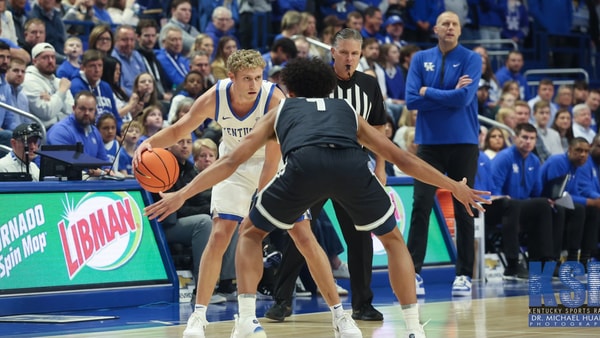
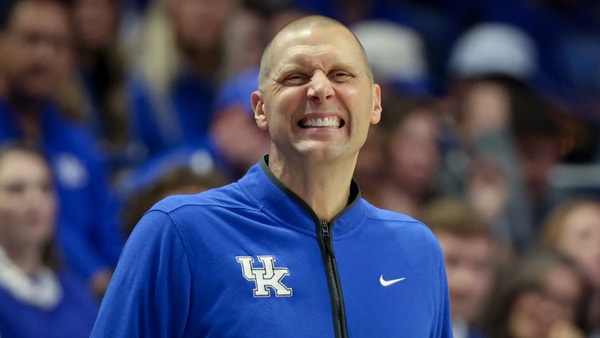
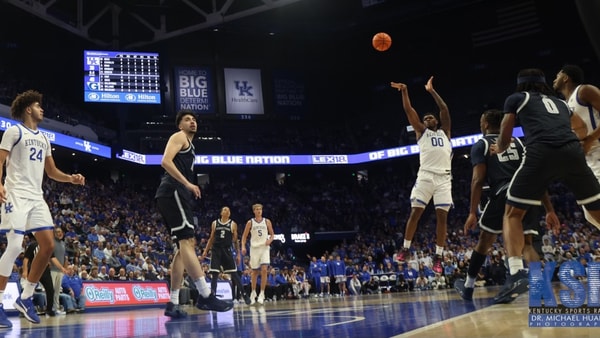
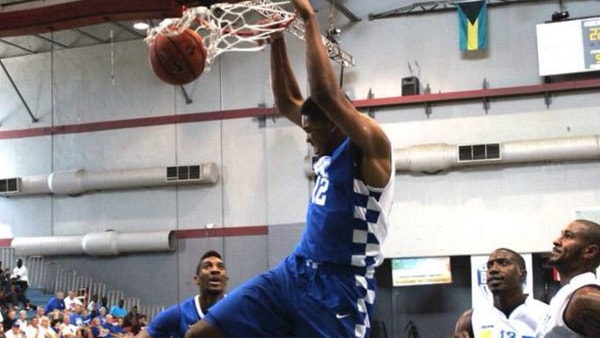


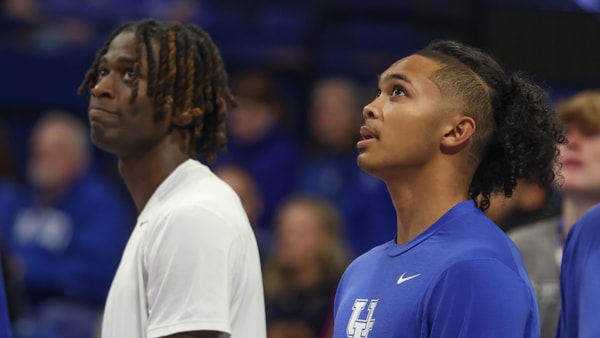

Discuss This Article
Comments have moved.
Join the conversation and talk about this article and all things Kentucky Sports in the new KSR Message Board.
KSBoard